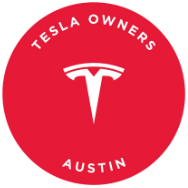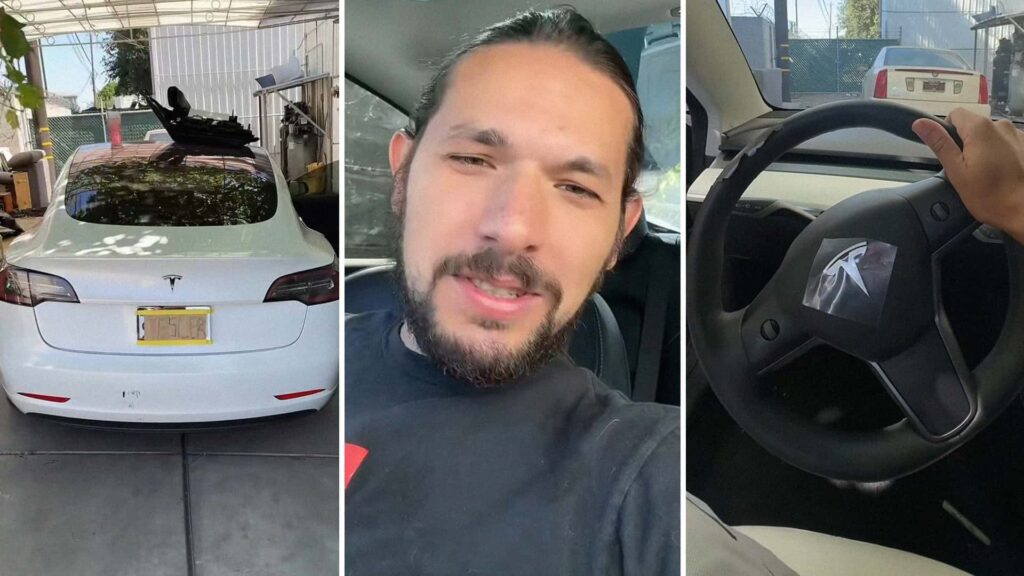In today’s world of advanced technology, sometimes simplicity triumphs over complexity. A recent TikTok video, which has garnered over 410,000 views, showcases how a Tesla electric vehicle can be physically “jailbroken” by a creator known as Original Dr. Auto. Known for his modifications on Teslas, Dr. A demonstrates how he can alter circuit boards and electronic components to unlock hidden features within the vehicle.
The video begins with Dr. A inside a Tesla that he has been hired to jailbreak, explaining the need for the owner’s glove box PIN to complete the task. However, in the absence of this information, he reveals an alternative method. By gently removing the trim panel next to the glove box, he exposes a hidden release that, when activated with a simple tool, opens the glove box without engaging any digital systems.
Tesla’s glove box PIN serves as a security feature to safeguard valuables inside the compartment. However, Dr. A’s workaround bypasses the software entirely, showcasing a manual override that circumvents Tesla’s digital defenses. This physical method of bypassing security measures raises questions about the accessibility of other hidden features within the vehicle.
The concept of “jailbreaking” in the realm of Teslas typically involves hacking into the vehicle’s software to unlock features that are usually restricted by Tesla. This includes enhancements such as heated rear seats, performance upgrades, and access to hidden diagnostic screens. By gaining administrator access and installing custom code, users can override restrictions and activate these features without going through the official channels.
This DIY approach challenges the notion of ownership in the age of smart vehicles, where manufacturers like Tesla exert control over the software that powers the cars. The rise of the “right to repair” movement further emphasizes the need for consumer autonomy and access to repair resources. Tesla’s legal battles over repair restrictions highlight the ongoing debate surrounding user rights and the company’s monopolistic practices in the maintenance and repair of its vehicles.
Dr. A’s demonstration of bypassing Tesla’s glove box PIN serves as a reminder of the ongoing struggle between car owners, curious enthusiasts, and companies striving to maintain control over their products. The video has sparked a mix of reactions, with viewers acknowledging the vulnerabilities exposed while also cautioning against potential repercussions, such as voiding warranties or incurring additional costs.
In conclusion, the DIY approach to unlocking hidden features in Tesla vehicles sheds light on the broader conversation surrounding consumer rights, accessibility, and the balance between technological innovation and user empowerment. As the automotive industry continues to evolve, the question of who truly owns the vehicle and the right to tinker with its software remains at the forefront of the discussion.

